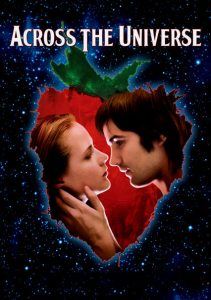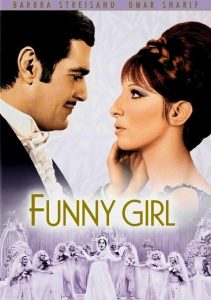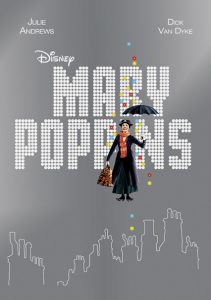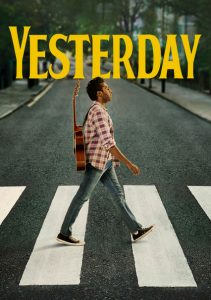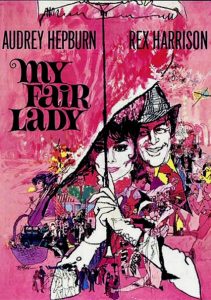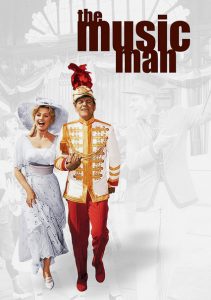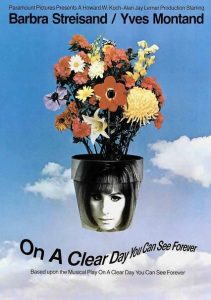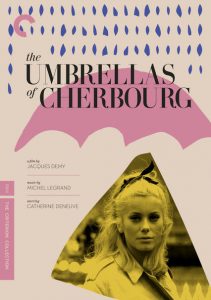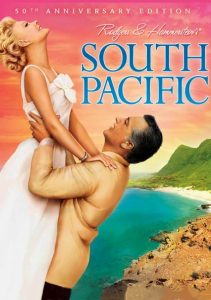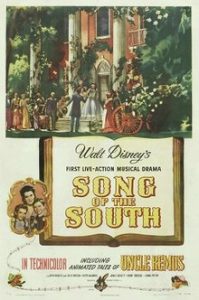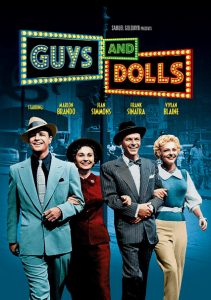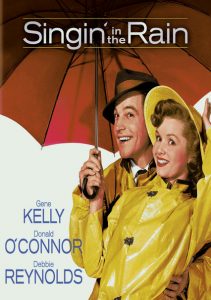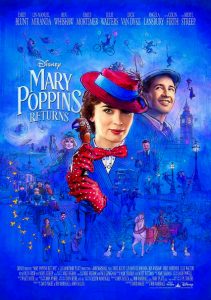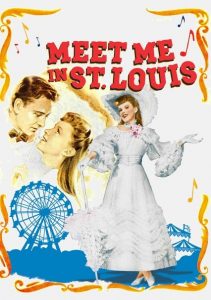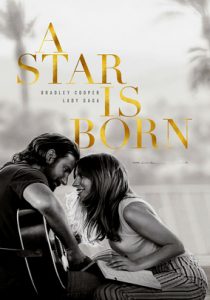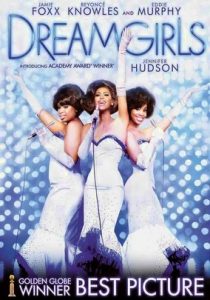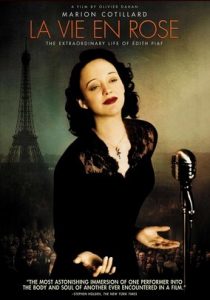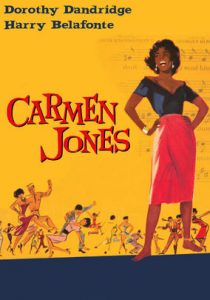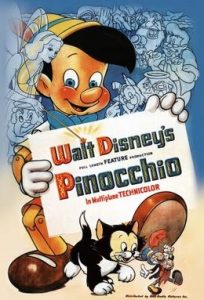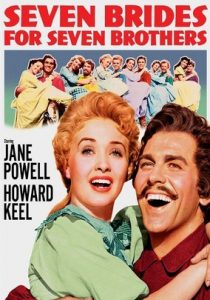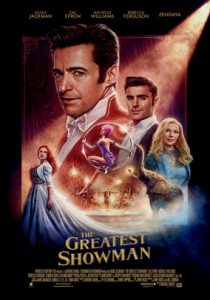Across the Universe-2007
Director Julie Taymor
Starring Evan Rachel Wood, Jim Sturgess
Scott’s Review #1,057
Reviewed August 27, 2020
Grade: A
Across the Universe (2007) is a film that some will deem sappy or trite or classify as a cliched love story, and admittedly some of those elements exist. But the film offers so much more.
Truthfully, the romance genre is not usually for me, for those very reasons. Somehow the inclusion of The Beatles songs and the psychedelic backdrop of musical compositions makes the film beautiful, lovely, and charismatic.
The war effects and the healthy dose of chemistry by the lead actors make this a winner in my book.
I adore the pairing of lovebirds Lucy and Jude, played by Evan Rachel Wood and Jim Sturgess. The chemistry between them sizzles from the moment they appear together, though this takes a while to happen.
When it did, over a savory Thanksgiving meal and while bowling, I was hooked, and most audiences were too. The beauty is that we experience the characters separately first and get to know them well.
The love story is the meat and potatoes of Across the Universe. If the connection between Jude and Lucy were not there the film would not work.
This is far from merely a love story, though. That is only one facet. A hefty thirty-four Beatles compositions are included throughout the film, all strategically placed cleverly to match the scene.
For example, when Jude is working in a Liverpool shipyard in the 1960s, he reminisces about a girl he has loved and lost to the tune of “Girl”.
In a matching sequence, Lucy frets about her current boyfriend heading off to the Vietnam War while singing “Hold Me Tight”.
The 1960s period is brilliantly placed to add not only a clear juxtaposition to when the Beatles ruled the world but during a frightening time in world history when many young soldiers died needlessly during the ravaging war.
The mixture of the war, the songs, and the hybrid of live-action and animation provide a magical, other-worldly quality that is perfect. It provides a feeling of escapism to the deadly war. The visuals and the gorgeous colors are a complete contrast to the grey and dark war elements.
Julie Taymor takes an anti-war, activist stance created through the main characters when Jude and Lucy proclaim themselves revolutionaries. This occurs when the war hits home after Lucy’s brother is drafted. They sadly realize they may never see Daniel again, and they are right.
Taymor gives a personal touch to the characters and a political decision is made that shapes the film. I found the stance perfectly logical given the characters and their viewpoints, but some audience members could be turned off or feel slighted depending on their beliefs.
I love the point she makes that war is bad.
Twenty-five of the vocal tracks are performed by one or more of the six lead cast members. My favorite treasures are the new takes on classic songs, especially “Come Together” and “With a Little Help from My Friends” which are unusual and elegant.
When Daniel is killed in Vietnam and Detroit, a young boy is killed in the 1967 riot (combined “Let It Be”), the moment is sentimental and powerful.
A dry eye will not be left.
Locales such as Greenwich Village, and New York City show the creative artists who inhabit those streets. The riot-fueled streets of Detroit, Michigan are featured, and finally, the dirty and jungle-killing fields of Vietnam provide a diverse slate of experiences.
The love story and musical soundtrack provide exceptional emotion to an important and timeless film.
Across the Universe (2007) is artistic and inspirational.
Oscar Nominations: Best Costume Design
